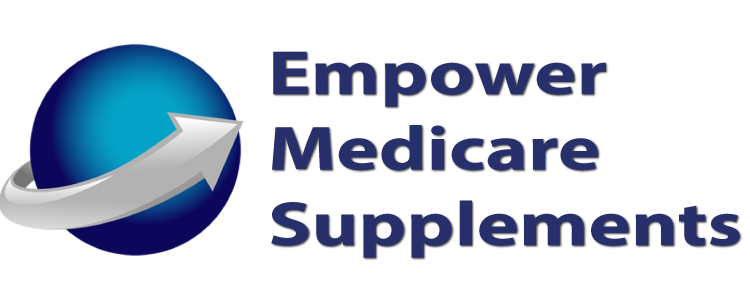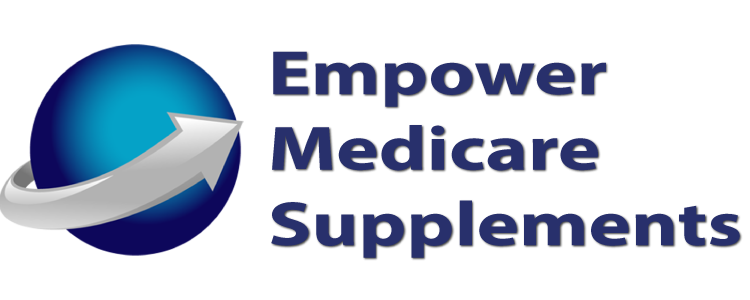
Photo by Jacob Wackerhausen from iStock by Getty Images
The Medicare Prescription Payment Plan is a new initiative designed to help Medicare beneficiaries manage the cost of their prescription medications. This plan, introduced in the Inflation Reduction Act, aims to make prescription drugs more affordable by allowing beneficiaries to spread out their out-of-pocket costs over the course of the year rather than paying large sums at the pharmacy counter.
It’s important to note that this plan does not reduce overall out-of-pocket costs—it simply divides them into manageable installments to ease financial strain.
Overview of the Medicare Prescription Payment Plan
The Medicare Prescription Payment Plan is a voluntary program that allows Medicare Part D enrollees to pay their prescription drug costs in monthly installments instead of paying the full amount at the time of purchase. This plan is particularly beneficial for individuals who take high-cost medications or have multiple prescriptions, as it helps to alleviate the financial burden of large, upfront payments.
For example,
- Maria, a 72-year-old retiree, is prescribed a Tier 3 medication that costs $600. Normally, she would have to pay the full amount upfront to meet her $590 deductible. With this plan, instead of paying the entire cost in one go, she pays in monthly installments.
- John, who takes a specialty medication that maxes out his $2,000 out-of-pocket cap early in the year, typically faces a massive upfront cost in January. With the new plan, his expenses are spread throughout the year.
How Does the Medicare Prescription Payment Plan Work?
Under the Medicare Prescription Payment Plan, beneficiaries who opt into the program are no longer required to pay the full cost of their prescription drugs at the pharmacy. Instead, their out-of-pocket costs become divided into manageable monthly payments. This benefit is particularly helpful for those who face high costs at the beginning of the year before they reach their Part D deductible or out-of-pocket maximum.
Here’s how the plan works:
- Enrollment: Medicare Part D enrollees can choose to participate in the payment plan when they sign up for or renew their Part D coverage. Enrollment is voluntary, and beneficiaries can opt out at any time. Keep in mind if they choose to opt-out, they may have to pay the full balance of the medications they have already filled under the program.
- Monthly Payments: Once enrolled, beneficiaries will pay a set monthly amount based on their estimated annual prescription drug costs. This amount will be adjusted throughout the year to reflect actual spending.
- Pharmacy Experience: At the pharmacy, beneficiaries will only pay their usual copayment or coinsurance, and the remaining cost is added to their monthly payment plan.
- Year-End Reconciliation: At the end of the year, CMS will reconcile the total amount paid through the monthly installments with the actual out-of-pocket costs. Beneficiaries will receive a refund or be required to pay any remaining balance.
Benefits of the Medicare Prescription Payment Plan
The Medicare Prescription Payment Plan offers several key benefits to Medicare beneficiaries:
- Improved Affordability: By spreading out prescription drug costs over the year, the plan helps make medications more affordable for those on fixed incomes or with limited financial resources.
- Predictable Payments: Monthly installments provide predictability, making it easier for beneficiaries to budget for their healthcare expenses.
- Reduced Financial Stress: The plan reduces the financial strain of large, unexpected prescription drug costs, particularly for those who require expensive medications.
- Access to Medications: By lowering the upfront cost of prescriptions, the plan ensures that beneficiaries can access the medicine they need without delay.
Who Can Benefit from the Medicare Prescription Payment Plan?
The Medicare Prescription Payment Plan is especially beneficial for:
- Beneficiaries with High-Cost Medications: If you take expensive specialty drugs or biologics, spreading costs may significantly ease financial pressure.
- People Who Take Multiple Medications: Instead of dealing with several large co-pays at once, you can distribute payments throughout the year.
- Fixed-Income Enrollees: If you live on a tight budget, predictable monthly payments may make managing medication expenses easier.
How to Enroll in the Medicare Prescription Payment Plan
Visit your health or drug plan’s website or call your plan to start participating in this payment option. You can contact your plan to start participating in the Medicare Prescription Payment Plan anytime during the calendar year. Remember, this payment option may not be the best choice if you sign up late in the calendar year (after September). This drawback exists because as new out-of-pocket drug costs get added to your monthly payment, there are fewer months left in the year to spread out your payments.
Conclusion
The Medicare Prescription Payment Plan is a game-changer for many seniors, offering a more manageable way to handle prescription drug costs. By spreading payments over the year, this plan helps reduce financial stress, improves budgeting, and ensures timely access to medications.
Got Medicare Questions?
We hope that this information on the Medicare Prescription Payment Plan is useful to you.
Let us help you answer your questions so that you can get back to the activities that you enjoy the most.
Call (888) 446-9157, click here to get an INSTANT QUOTE, or leave a comment below!
See our other websites:

